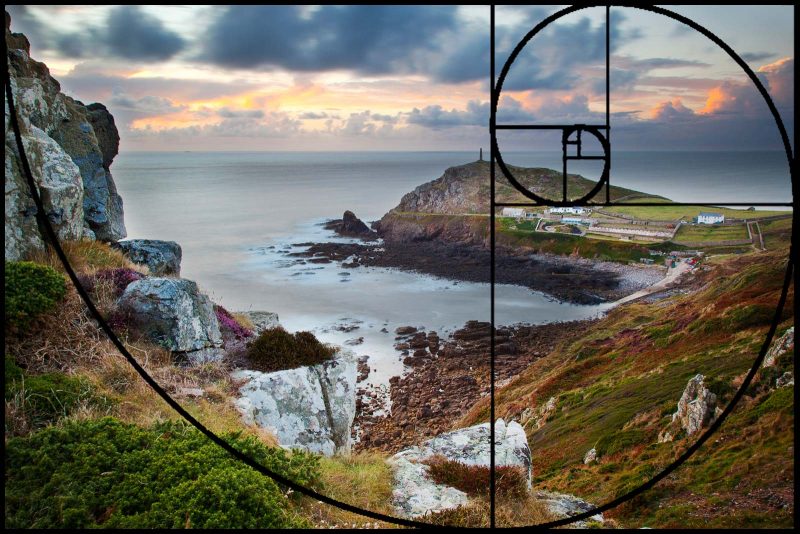Landscape photography is a form of creativity that enables you to immortalize the grandeur and splendor of the natural world. While possessing the right equipment, time, and location are all essential, composition can often determine a landscape shot’s success. The trick to producing outstanding and intriguing photographs of landscapes is learning the art of composition. The blog Yvette Heiser Texas – Here Are The Top Tips for Effortless Summer Photography in 2023 describes how you can capture the most beautiful landscape photography.

The Rule of Thirds and Leading Lines
It happens to be a basic composition guideline in photography. With two horizontal and a pair of vertical lines, this rule separates the frame into nine equal parts. The goal is to put vital components along or at the intersections of these lines. This provides interest and balance to the picture, thus making it visually appealing. Place the horizon along any of the horizontal lines, for example, and find an interesting tree or mountaintop at one of the intersections. Another successful composition approach is leading lines. These are lines in the picture that draw the viewer’s attention to the setting or to one particular focal point. Natural obstacles can include rivers, paths, barriers, and even the organization of rocks or trees.
Framing
Natural elements in the outdoors are utilized to establish a boundary around the subject matter in framing. For example, you could photograph a stunning mountain range utilizing the natural framing of a tree-branching arch. Framing offers context for the subject matter and draws attention to it, allowing it to stand out in the entire piece.
Foreground Interest with Balance and Symmetry
Incorporating an appealing foreground aspect into your outdoor photography can give it depth and persona. In the foreground, a rock, an expanse of wildflowers, or a body of water could draw the viewer’s attention to the picture, thereby creating an immersive experience. It is important that you choose a foreground fragment that improves the entire piece without diverting from the main topic. It is important that you balance each component in your composition. You want to achieve an impression of balance in the picture so that no part of it appears overpowering or too vacant. This is achieved by symmetry, whereby the pieces on each side of the frame mimic one another.
Golden Hour and Light
Color is a crucial component of photographing landscapes. Vibrant colors may help your photographs pop out, whilst muted tones may offer a sense of calm. Take note of the color palette in the layout and how the colors relate to each other. Light quality plays a role in landscape photography. The tender, warm light can turn ordinary scenery into something exceptional during the golden hour of the day (shortly after dawn and before sunset). Shooting during golden hour could enhance the mood and ambiance of your outdoor photographs.
If you are planning to shoot a huge event with an expansive landscape, check out Yvette Heiser: Chosen For Event Photography? Here Are a Few Tips To Follow in conjunction with this blog.
